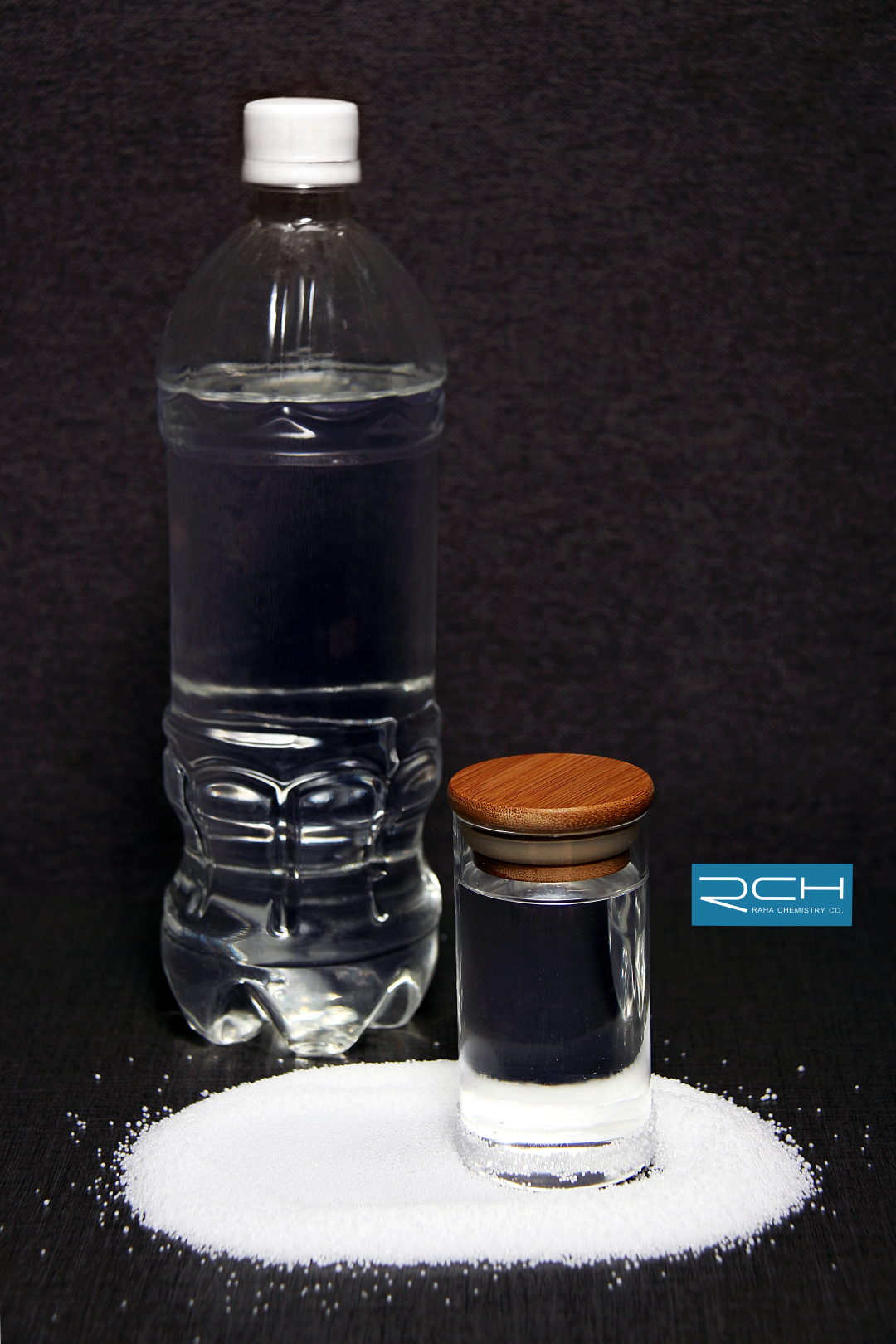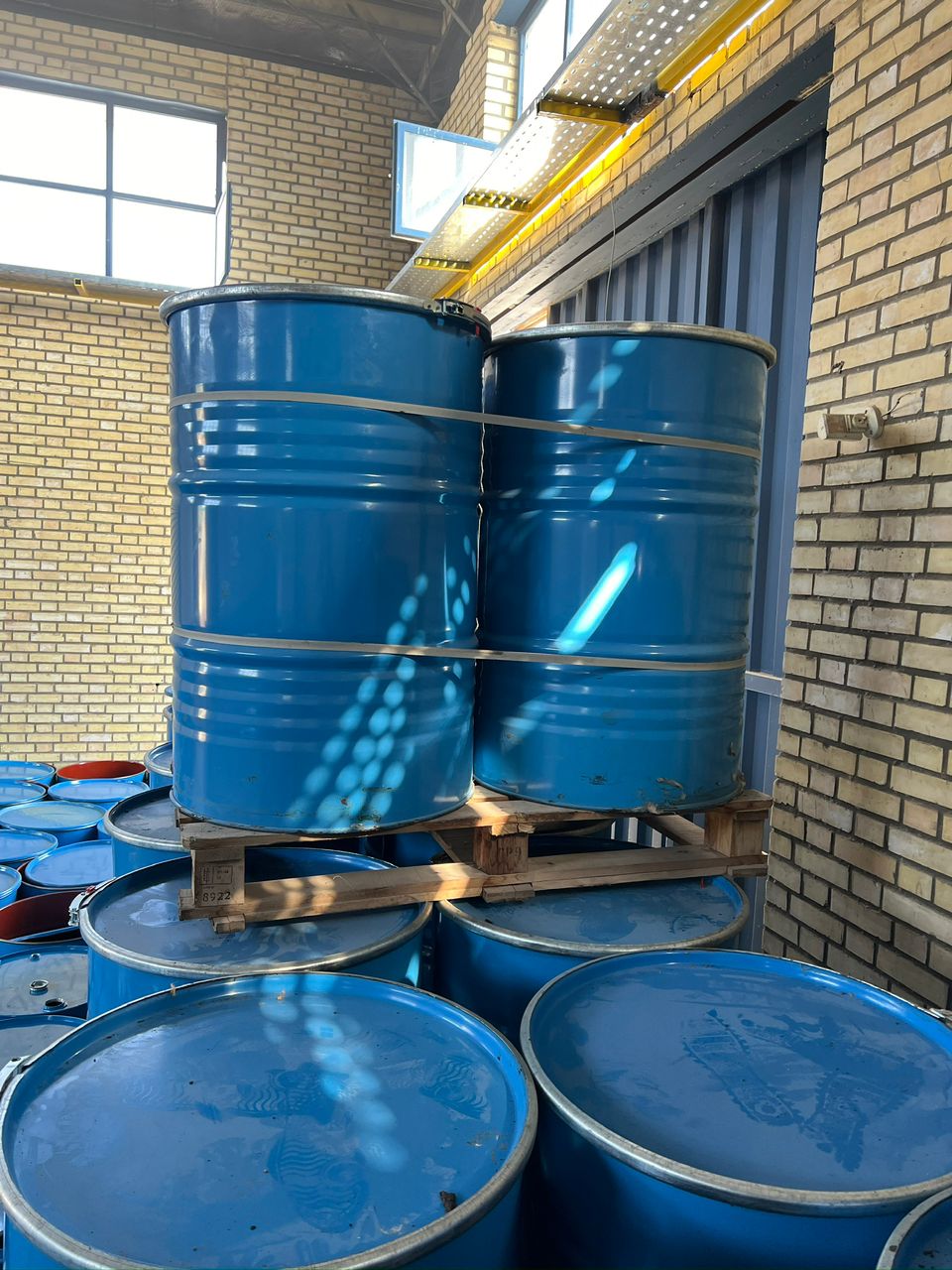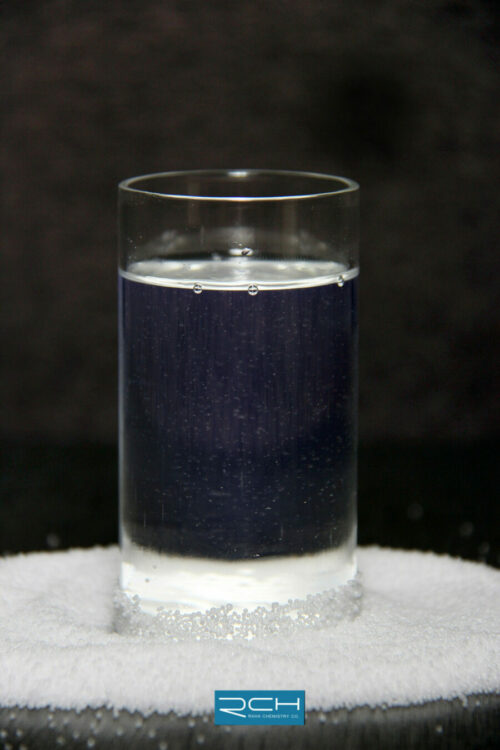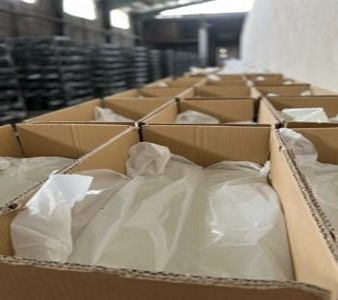Composition and Key Properties
Petroleum Jelly, also known as petrolatum, is a semi-solid mixture of hydrocarbons derived from petroleum. It is typically colorless or pale yellow, exhibiting a smooth, jelly-like consistency. Due to its high purity and inert nature, it is largely free of taste, odor, and reactive substances. One of its defining characteristics is its ability to form an occlusive barrier, which helps to seal in moisture and protect surfaces from external irritants. Its melting point lies slightly above body temperature, allowing it to remain relatively stable under everyday conditions.
Applications and Benefits
A cornerstone in cosmetic and personal care products, Petroleum Jelly is valued for its skin-protective and emollient qualities. It is commonly found in moisturizers, lip balms, and baby care formulas, where it soothes dryness and creates a protective layer on the skin. Medical and pharmaceutical uses include healing ointments and topical treatments, leveraging its ability to maintain a sterile environment on minor cuts and burns. Beyond personal care, Petroleum Jelly also appears in industrial settings as a lubricant and corrosion inhibitor for certain mechanical parts. Overall, its versatility and gentle nature make it an essential ingredient in various formulations and processes.






